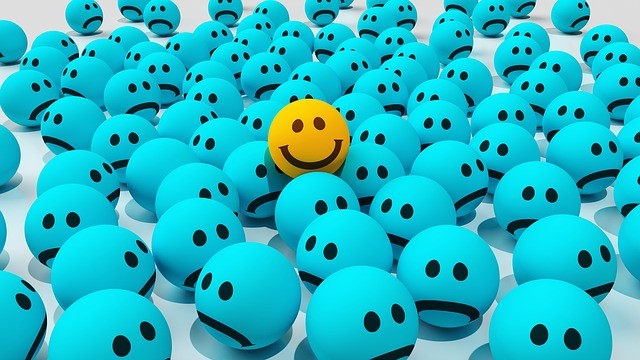A Popular Medium of Communication
Emojis’ purpose is not only to present the speaker’s emotion but to help smooth out interpersonal relationships and to convey features such as irony. They are not about how the sender feels so much as how the sender wants the receiver to feel. Apparently, the world is preferring conversation on Mobile Apps such as WhatsApp and Facebook Messenger over a voice call. Nevertheless, legal issues concerning emojis have rendered them vulnerable to prohibitions on its unfettered usage.
Categorization
The standardization of emojis has been carried out by the Unicode Consortium. For this purpose, the Unicode has assigned a unique number, a black-and-white shape outline and a short description to nearly 2,000 emojis.
On the other hand, platforms implement emojis which are functional only on such respective platforms. These are known as “proprietary emojis” or stickers. For example, the twitter hashtag triggered emojis have gained recognition as a separate brand.
Copyright Considerations
Prima facie, emojis appear to be copyrightable as they are a form of graphical image. However, there are sufficient reasons which cause hindrance in obtaining copyright for these graphical representations:-
1. Emojis may not constitute a work of authorship as it is difficult to prove creativity in the designing irrespective of the variations which different platforms come up with.
2. As far as emojis are concerned, merger doctrine comes into picture i.e., when an idea can be expressed only in a limited number of ways the copyright protection cannot be granted for the same. Also, scènes à faire eliminates copyright protection for emojis because of a common conception regarding the expression of a particular emotion.
However, some platforms come up with proprietary emojis or branded emojis which are significantly different and of non-similar nature with that of Unicode based emojis. In such cases, applicants are likely to succeed in obtaining copyright protection for their emojis.
Trademark Considerations
It is possible that multiple persons may hold trademark rights in the same emoji for different class of goods. However, communication based platform are least likely to obtain trademark rights in an emoji because they cannot prove “use in commerce” requirement. The emojis are being used descriptively and hence unlikely to receive trademark protection. Whereas, producers or marketing firms which intend to use emojis for the purpose of branding their product the “use in commerce” requirement is likely to be fulfilled and hence trademark protection can be obtained.
Patentability
Apple owns one of the early patents in the area, titled “Portable touch screen device, method, and graphical user interface for using emoji characters” (US 8584031). The Apple patent claims a User Interface allowing faster and more efficient communication.
Meemo, a licensing, marketing and distribution company, was granted a patent, titled “Word recognition and ideograph or in-app advertising system” (US 9152979)
It is deducible from the above mentioned cases that firms are not likely to get patents for the emojis per se. However, applications based on emojis i.e., applications facilitating efficient use of emojis may be patented subject to fulfilment of patentability criteria.
Implications of Regulation
Granting IP rights to a bunch of billion dollar companies means turning expressions into capital assets. Copyright or trademark rights over emojis will also encourage unwanted variations in them because different platforms are compelled to do so in order to avoid any infringement liability on their part. Nevertheless, the contemporary business world makes IP securitisation a necessary evil. Hence, emojis qualifying as an original work of creativity may be granted IPR protection so that rightful owners of these picturesque expressions are not denied the benefit arising of their use.




